- About MAA
- Membership
- MAA Publications
- Periodicals
- Blogs
- MAA Book Series
- MAA Press (an imprint of the AMS)
- MAA Notes
- MAA Reviews
- Mathematical Communication
- Information for Libraries
- Author Resources
- Advertise with MAA
- Meetings
- Competitions
- Programs
- Communities
- MAA Sections
- SIGMAA
- MAA Connect
- Students
- MAA Awards
- Awards Booklets
- Writing Awards
- Teaching Awards
- Service Awards
- Research Awards
- Lecture Awards
- Putnam Competition Individual and Team Winners
- D. E. Shaw Group AMC 8 Awards & Certificates
- Maryam Mirzakhani AMC 10 A Awards & Certificates
- Two Sigma AMC 10 B Awards & Certificates
- Jane Street AMC 12 A Awards & Certificates
- Akamai AMC 12 B Awards & Certificates
- High School Teachers
- News
You are here
An Ancient Egyptian Mathematical Photo Album: Samples of Numeral Hieroglyphs by Location – Edfu Temple
The Edfu Temple (237–57 BCE), a Ptolemaic temple dedicated to Horus and made of sandstone, is considered one of the best preserved ancient Egyptian temples [Wilkinson 2017]. French Egyptologist Émile Chassinet spent 40 years copying the hieroglyphs from the reliefs and walls, in order to preserve the eroding markings. More recently, the Edfu Project was begun by Dieter Kurth in 1986 and sponsored by the Göttingen Academy of Sciences from 2002 to 2017, with the goal of translating the Edfu texts. Eight large volumes of German translations along with transliterations of the hieroglyphs were published. The Edfu Database contains German translations, photographs, and clips from Chassinet’s work for portions of the Edfu Temple. An area known as the Cadastral text has a plethora of fractions, but the photographs are not available online at this time.
According to François Gaudard [2010, p. 173], Ptolemaic hieroglyphs, like those in the Edfu Temple, can be challenging to translate, even for Egyptologists. The number of hieroglyphic symbols in the Middle Kingdom (sources vary on its dating but converge around roughly 2040 to 1782 BCE) was about 760 while the number grew to several thousand signs during the Ptolemaic period (after Alexander the Great until roughly 200 CE). Gaudard mentions that a head hieroglyph represented the number seven “simply because the head has seven openings, namely, two eyes, two ears, two nostrils, and a mouth.” We conjecture that the 5-pointed star hieroglyph in Figure 14 is used for five. So, the middle portion of text could be read (left to right) as “at 37 \(\frac{1}{2}\) \(\frac{1}{3}\) by 25 \(\frac{2}{3}\) \(\frac{1}{6}\).” The hieroglyph in the bottom right corner is a determinative for "building” or “house.”

Figure 14. Fractions on a wall of the Edfu Temple (237–57 BCE).
The 5-pointed star symbol as a representation for five seems to be confirmed by translations found in the Edfu Database. One example is a portion of text translated as “A large decorated gate is between them, at 26 \(\frac{2}{3}\) by 10 (cubits). Its perfect height of 40 cubits extends from its head to the soles of its feet.” The hieroglyphs corresponding to “at 26 \(\frac{2}{3}\) by 10 (cubits). Its perfect height of 40” can be seen in the two images (read right to left) in Figure 15.
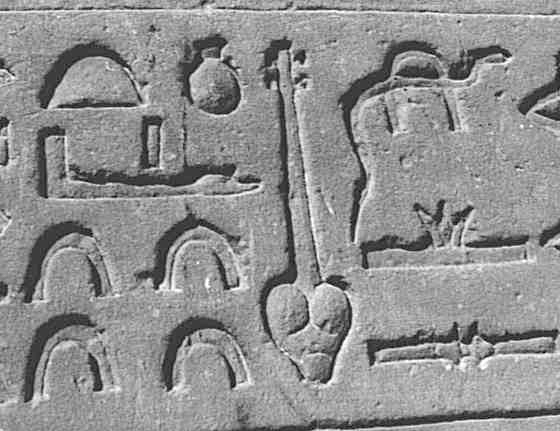
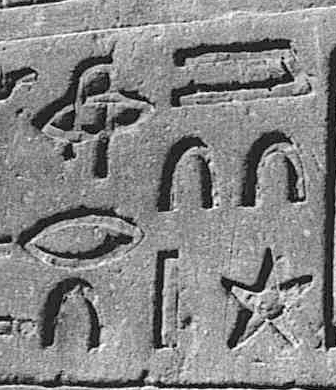
Figure 15. Reading from right to left “at 26 \(\frac{2}{3}\) by 10 (cubits). Its perfect height of 40.”
Images 3922 and 3921 retrieved from the Edfu Database (Edfu Temple, 237–57 BCE).
Images have been cropped to show the relevant hieroglyphs.
Below are a few more photographs from the Edfu Temple. The first one, which is read from top to bottom and from right to left within each row, contains a four and a seven. It demonstrates how the Egyptians were concerned with aesthetics. Notice how the four strokes fit well in a single line while the seven is stacked in rows of four and three, respectively, and shares a row with another hieroglyph and a determinative stroke.
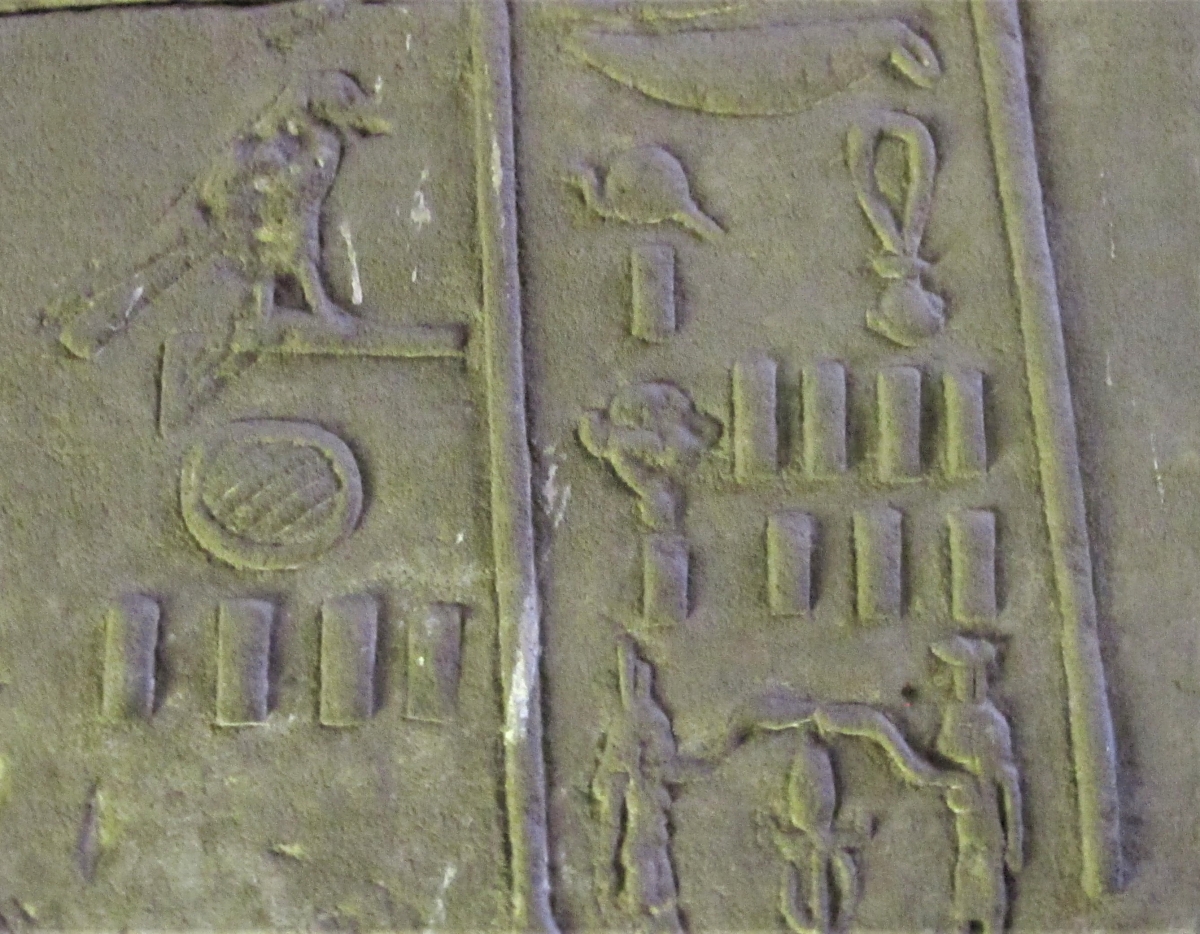
Figure 16. The numerals 4 and 7 on a wall in the Edfu Temple (237–57 BCE).
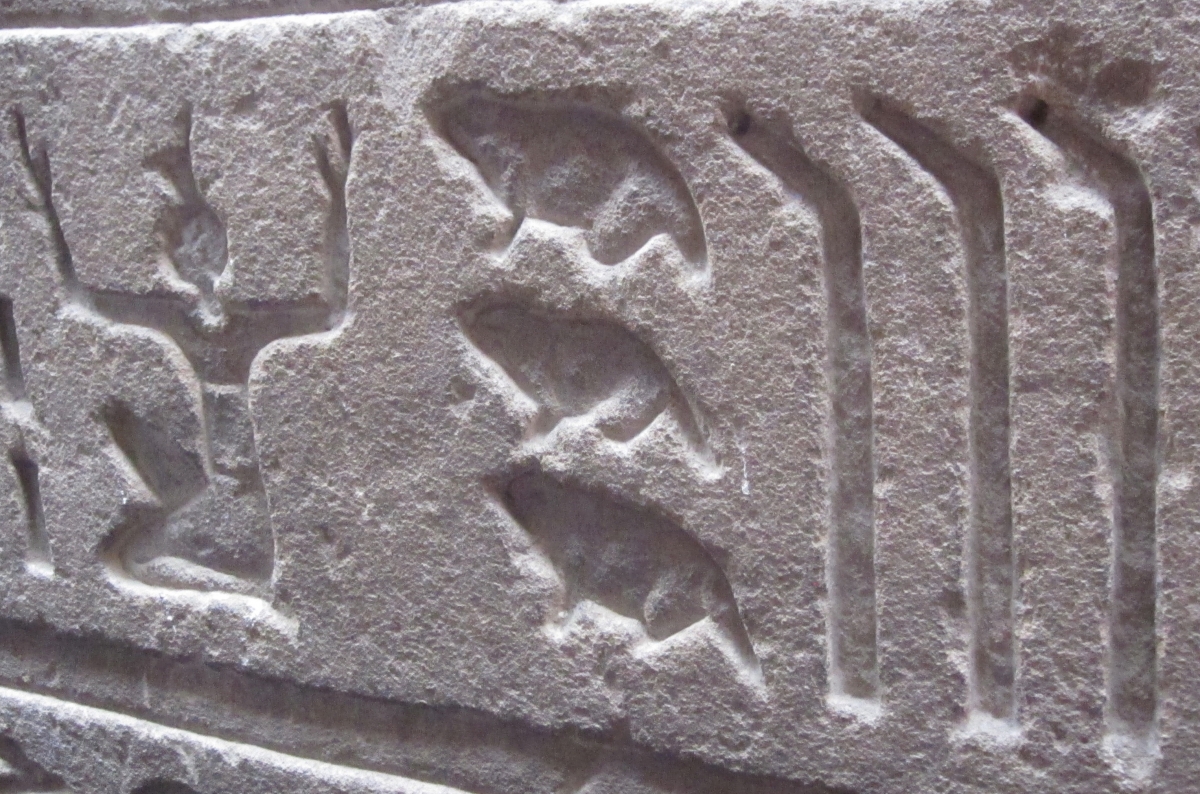
Figure 17. Close-up of 1,000,000 and 100,000 and 10,000 in the Edfu Temple (237–57 BCE).
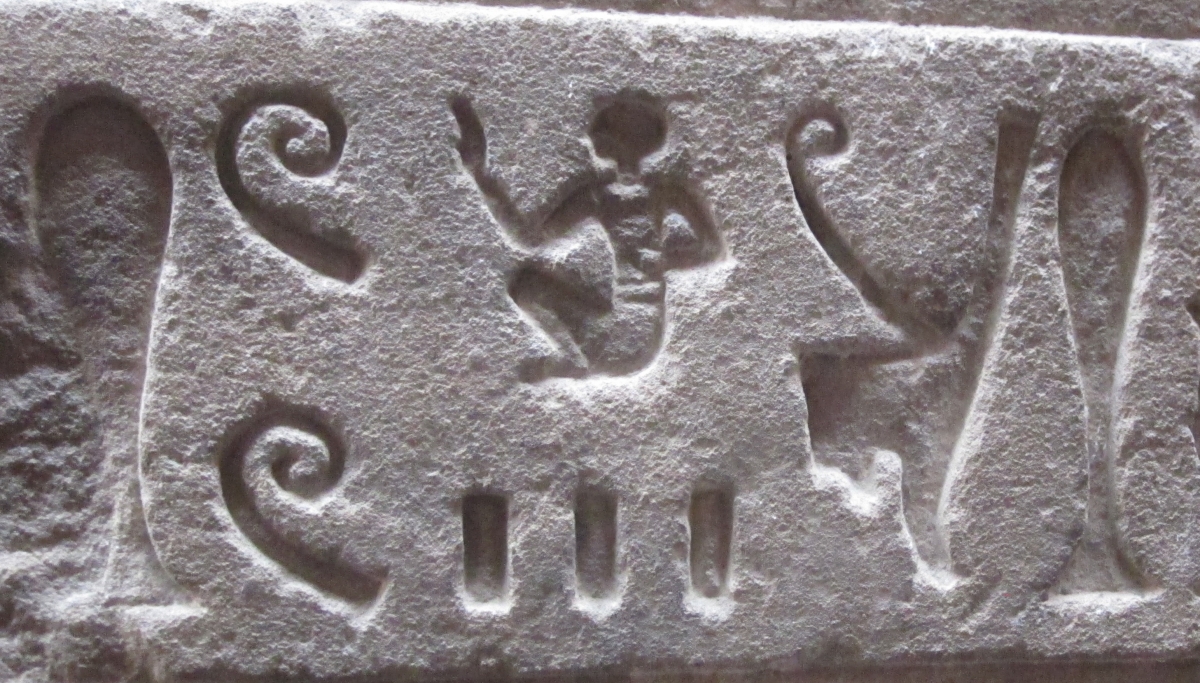
Figure 18. Two hundred on a wall in the Edfu Temple (237–57 BCE).
The three strokes indicate a plural noun since they appear underneath another hieroglyph.
Continue to Kom Ombo Temple page.
Return to list of Locations.
Cynthia J. Huffman (Pittsburg State University), "An Ancient Egyptian Mathematical Photo Album: Samples of Numeral Hieroglyphs by Location – Edfu Temple," Convergence (April 2022)




